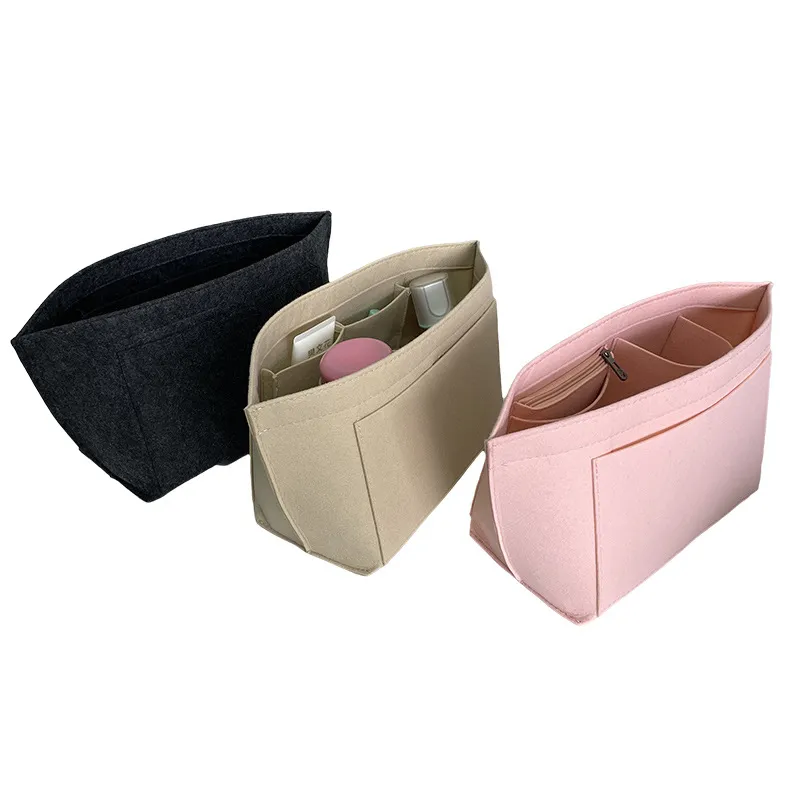felt process
The Felt Process A Journey from Fiber to Fabric
Felt is one of the oldest textile materials known to humanity, and the process of making felt is as fascinating as the product itself. Unlike woven or knitted fabrics, felt is created through a unique process that transforms raw animal fibers into a dense and durable material. This article explores the felt process, highlighting its techniques and cultural significance.
The Basics of Felting
The fundamental principle behind felting is the interlocking of fibers. Wool, the most common fiber used in felt making, contains tiny scales on its surface. When these fibers are subjected to heat, moisture, and friction, the scales open up and lock together, forming a solid fabric without the need for weaving or knitting. This transformation occurs in three main stages preparation, felting, and finishing.
Preparation Stage
The journey of creating felt begins with the selection of raw fibers. Wool from various sheep breeds can be used, each offering different textures and qualities. For instance, Merino wool is favored for its softness, while coarser fibers provide durability. After selecting the wool, it is cleaned to remove any dirt or grease, often through a process called scouring.
Once cleaned, the wool is carded, which involves separating and aligning the fibers using combing devices known as carders. This step is crucial as it ensures an even distribution of fibers, which is essential for a uniform felt product. The carded wool is then prepared in layers, which will eventually determine the thickness and texture of the final felt.
The Felting Process
felt process

The heart of the felt-making procedure is the felting process itself. The prepared layers of wool are laid down in a crisscross pattern and then moistened with warm water, often combined with a soap solution to facilitate the process. The application of friction is critical; this can be done by rubbing the wool with hands or using felting tools.
As the fibers are agitated, the scales on the wool open and begin to interlock. The temperature, moisture, and agitation must be carefully controlled to achieve the right balance. Too little friction may result in loose fibers, while excessive agitation can lead to a dense, stiff fabric.
With patience and skill, the felter continues the process until the desired thickness and texture are achieved. Once formed, the felt is rinsed to remove any excess soap and is then shaped into the desired items, whether that be hats, bags, or decorative pieces.
Finishing Touches
After felting, the fabric is still not complete. Finishing involves trimming, cutting, and even embellishing the felt to create unique designs. Details can be added through techniques like embroidery or appliqué, and various dyeing methods can be employed to introduce color.
Throughout history, felt has been significant across various cultures, from traditional Mongolian yurts to modern textile art. Today, felting remains a popular craft, fostering creativity and sustainability in the textile industry. It offers an engaging way to connect with natural materials and ancient techniques.
Conclusion
The felt process is a beautiful blend of art and science, transforming natural fibers into functional and artistic creations. It reflects a deep-rooted tradition while allowing for contemporary innovations. Whether you are a skilled artisan or a novice enthusiast, the world of felt offers endless possibilities, inviting everyone to explore the tactile beauty and versatility of this ancient textile.
-
What Makes Felt a Great Choice?NewsNov.19,2024
-
Total Mixed Ration (TMR) Feed for CattleNewsNov.19,2024
-
The Ultimate Guide for Felt Polishing WheelsNewsNov.19,2024
-
Industrial Felt for Various ApplicationsNewsNov.19,2024
-
Felt Makeup Bags and Inserts BagsNewsNov.19,2024
-
Choosing the Right Hotel TowelsNewsNov.19,2024
-
Your Go-To Guide For Affordable Wholesale Wool FeltsNewsOct.31,2024







